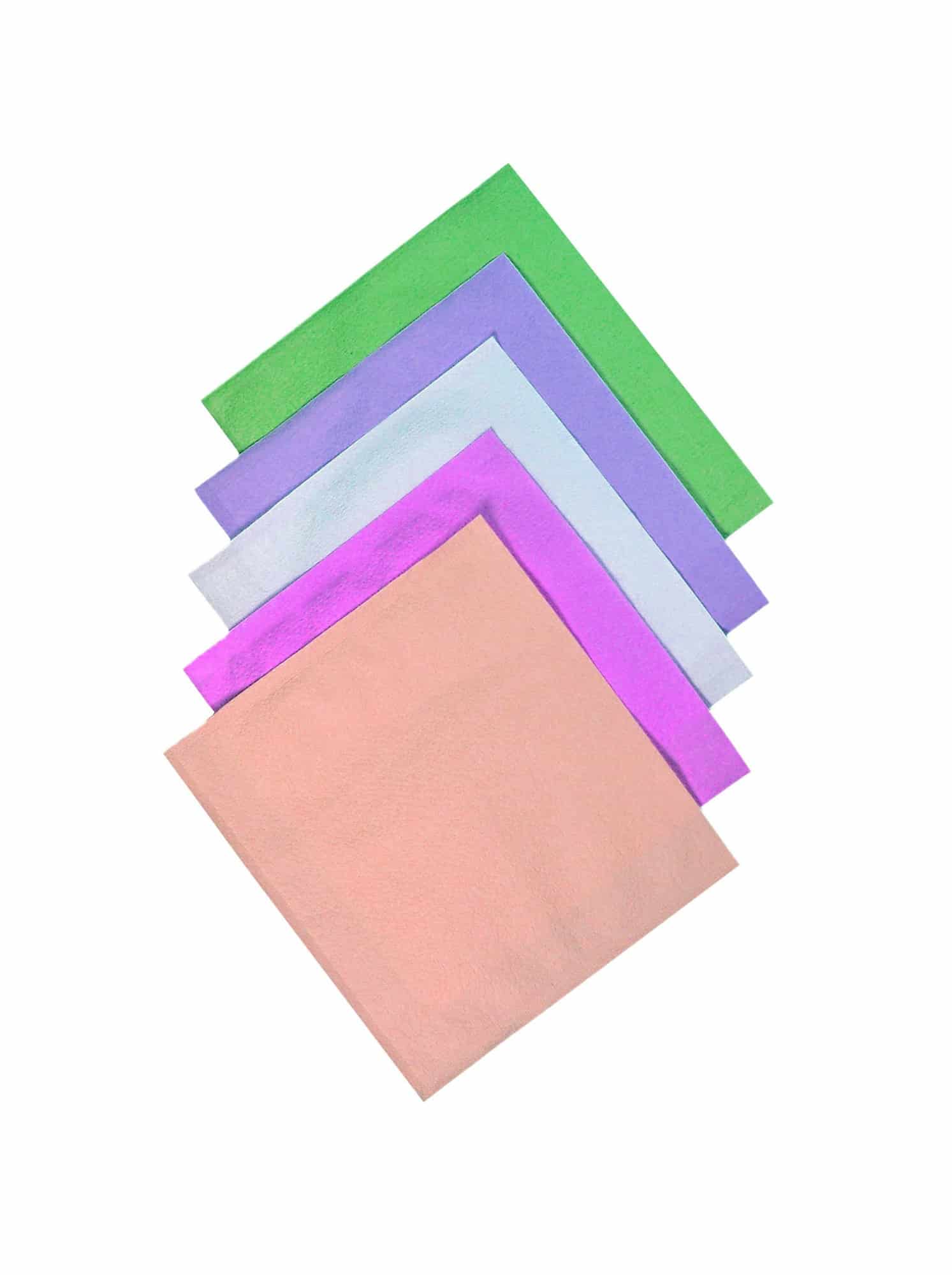When winter rolls around, you undoubtedly start swapping out your lightweight cotton and linen clothes for something a bit warmer. Woolen sweaters, cashmere scarves, and cozy fleece-lined leggings fill your closet. But along with their warming properties, these materials often introduce an unwelcome companion: static electricity. The dry winter air, combined with these materials’ surfaces, leads to uncomfortable shocks and clothing that clings in all the wrong places. Thankfully, anti-static fabrics can keep you both warm and static-free. So, what fabrics should you look for when curating your ideal winter wardrobe?
Understanding Static Electricity in Clothing
Before delving into the world of anti-static fabrics, it’s vital to understand what causes static electricity in clothing. When two different materials rub together, a phenomenon known as triboelectric charging occurs. Here, electrons move from one surface to the other, resulting in one material getting positively charged and the other negatively charged.
Also to see : How to Choose the Perfect Cashmere Sweater for a Luxe Yet Cozy Office Ensemble?
In winter, the air is typically drier, providing the perfect environment for static electricity to thrive. Clothes made from synthetic materials like nylon and polyester are more prone to static because they tend to hold an electrical charge. On the other hand, natural fibers like cotton have more balanced electrical properties, making them less likely to generate static.
Incorporating Anti-Static Materials into Your Wardrobe
Wear clothes that will help reduce static electricity for a more comfortable winter. These are typically made from natural fibers, which are less prone to static due to their balanced electrical properties.
Have you seen this : How Can You Style Patent Leather Loafers for an Elevated Smart-Casual Office Look?
Cotton is a fantastic choice for winter clothing. It’s breathable, durable, and has low static properties. Moreover, you can layer cotton pieces underneath your woolen items to prevent static electricity from forming on the wool’s surface.
Wool, on the other hand, is a bit of a paradox. It’s a natural fiber, yet it’s highly prone to creating static. However, not all wool is created equal, and certain types like Merino wool have lower static properties. Layering wool over cotton can also prevent the wool from coming in direct contact with your skin, thereby reducing the likelihood of static shocks.
Silk, although not typically associated with winter clothing, can be a fabulous anti-static option. Silk long underwear or camisoles can serve as a luxurious, static-free layer under your clothes.
ESD Fabrics: The High-Tech Solution to Static
If you’re serious about combating static in your winter wardrobe, consider clothes made from ESD, or electrostatic dissipative, fabrics. These materials are engineered to prevent static electricity build-up by dispersing electric charges across their surface.
ESD fabrics are often composed of a blend of synthetic and natural fibers. The synthetic fibers are typically carbon or stainless steel, which effectively conduct electricity, while the natural fibers provide comfort and breathability. Clothes made from ESD fabrics are not only anti-static but also durable and easy to care for.
Best Practices for a Static-Free Winter Wardrobe
Choosing the right materials is a significant step towards a static-free winter wardrobe, but it doesn’t stop there. Here are some additional tips to keep in mind:
Moisturize: Dry skin is more prone to static, so keep your skin hydrated. Apply a good body lotion immediately after showering to lock in moisture.
Use a fabric softener or dryer sheets: These products can help reduce static in your clothes by balancing their electrical charge.
Avoid over-drying your clothes: Over-drying can cause static electricity to build up. Try to remove your clothes from the dryer while they are still slightly damp.
Consider a humidifier: By adding moisture to the air, a humidifier can help prevent static electricity from forming.
Remember, the key to a static-free winter wardrobe is choosing the right fabrics and following best practices to reduce static. With a bit of planning, you can keep static at bay and enjoy a comfortable, cling-free winter.
Selecting Appropriate Accessories and Protective Clothing
The anti-static clothing revolution extends beyond just your basic wardrobe. The correct accessories can also significantly decrease static shock. Additionally, if you work in an environment that is sensitive to electrostatic discharge, wearing the right protective clothing can be critical.
Leather is an excellent material for winter accessories. It provides a great deal of warmth and has relatively low static properties. Try investing in leather gloves, boots, and belts to keep warm without worrying about static shocks.
When it comes to headwear, opt for hats made from natural fibers. Woolen or cotton beanies will keep your head warm while reducing the likelihood of a static charge buildup.
For those working in static-sensitive environments like electronics manufacturing or laboratories, the proper work clothes are vital. A wide range of antistatic clothing designed specifically for these fields is available. These garments, made from ESD fabrics, are engineered to provide a high level of surface resistance, reducing the risk of electrostatic discharge that could damage sensitive equipment.
Furthermore, consider adding ESD shoes or shoe covers to your protective clothing ensemble. Static electricity often builds up in synthetic-soled shoes. However, ESD shoes are designed to dissipate static charges, keeping you safe and static-free.
Conclusion: Building an Anti-Static Winter Wardrobe
Getting rid of static cling in your winter wardrobe does not need to be an impossible task. By understanding the cause of static electricity and how different fabrics contribute to or help prevent static, you can make informed choices about your winter clothing.
Incorporating natural fibers like cotton and certain types of wool into your wardrobe, along with leather accessories and ESD fabric-infused work clothes, can significantly reduce static. Silk, although not commonly associated with winter, can also serve as a luxurious anti-static option.
To further rid static, moisturizing, using fabric softener, not over-drying clothes, and using a humidifier can contribute significantly to a static-free winter.
In summary, an anti-static winter wardrobe is achievable and practical. By planning ahead, you can ensure that you keep warm during the cold months without the discomfort and inconvenience of static electricity. Following these guidelines will not only allow you to enjoy winter, but also to experience it in style and comfort. Your winter wardrobe need not be a source of shocks and surprises, but instead a haven of warmth, comfort and static-free enjoyment.






